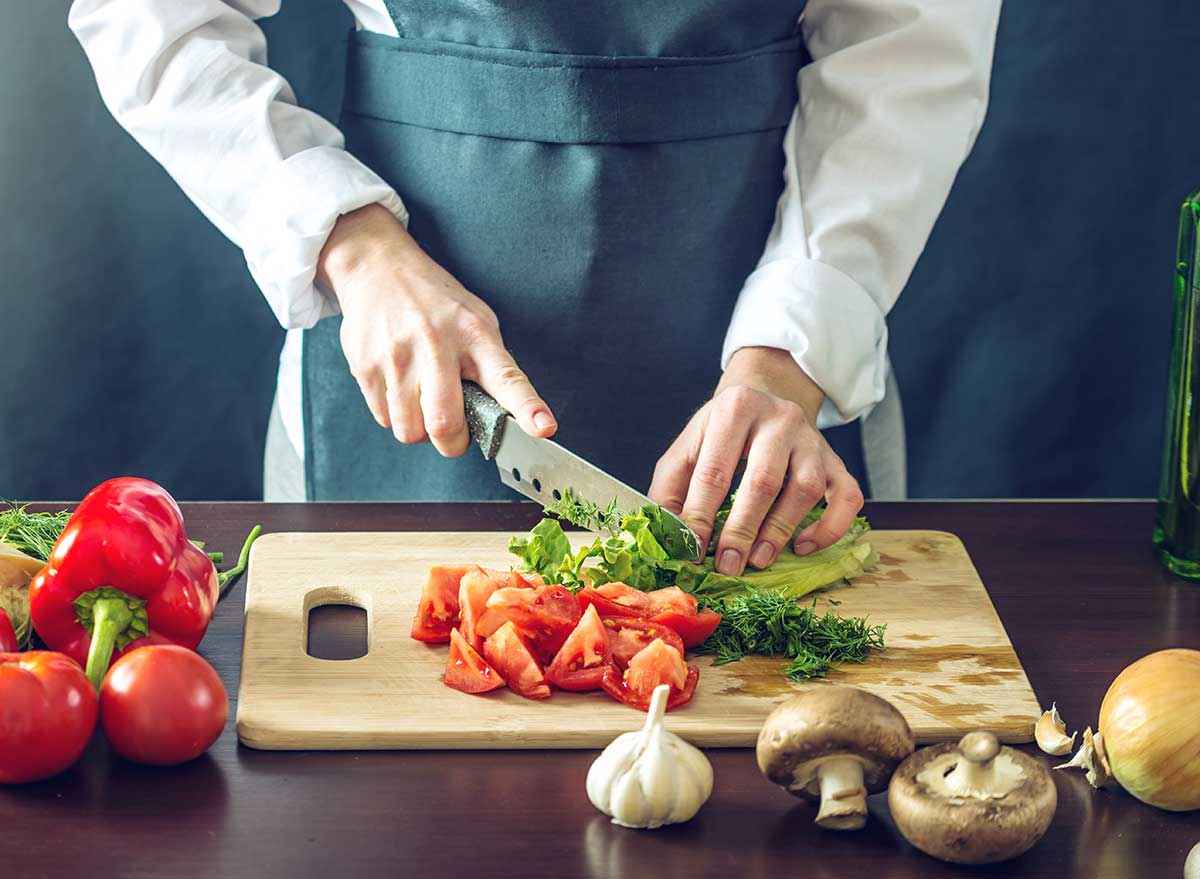Mastering the Art of Gluing Up a Cutting Board for BBQ Pros
Written By James Morgan
A cutting board is an essential tool for any BBQ enthusiast. Knowing how to glue up a cutting board not only saves you money but also allows you to customize it to your liking. In this article, we'll take a deep dive into the process, from selecting wood to applying the final finish, ensuring you have a durable and beautiful cutting board ready for your next barbecue.

Why Make Your Own Cutting Board?
Creating your cutting board offers several advantages. First, it allows you to choose the type of wood that best suits your needs. Whether you prefer a hardwood like maple or a softer one like cherry, the choice is yours. Second, it's a more sustainable option, letting you use offcuts that might otherwise go to waste. Finally, it offers a sense of pride and accomplishment seeing your creation in action during BBQ sessions.

Choosing the Right Wood
The type of wood you choose plays a crucial role in the longevity and durability of your cutting board. Hardwoods like maple, walnut, and cherry are popular choices. They are durable and have the ability to self-heal, closing up after minor cuts. Additionally, these woods are less likely to dull your knives.
Maple is a top choice due to its hardness and tight grain, which makes it resistant to cuts and scratches. Walnut offers a rich color and similar durability. Cherry provides a slightly softer but equally beautiful alternative. Avoid softwoods like pine, as they can easily be damaged by knives.

Preparing the Wood
Before you begin the gluing process, you must adequately prepare your wood. Start by cutting the wood into strips of equal width. Use a table saw for precise cuts. Once cut, arrange the strips to create a visually appealing pattern. This step is where your creativity can shine.
Next, ensure the edges of the strips are square and free of any debris. Use a jointer or a hand plane to achieve this. Proper preparation at this stage is crucial for a strong, seamless bond during the gluing process.
Step-by-Step Guide to Gluing Up
Step 1: Dry Fit
Before applying any glue, do a dry fit of your cutting board. Arrange the strips in the desired pattern and use clamps to hold them in place. This step allows you to make any necessary adjustments and ensures a smooth gluing process.
Step 2: Apply the Glue
Once satisfied with the dry fit, apply a generous amount of wood glue to the edges of the strips. Use a brush to spread the glue evenly. Ensure all edges are adequately coated to create a strong bond. Titebond III is a popular choice for its water-resistant properties, making it ideal for cutting boards.
Step 3: Clamp and Cure
After applying the glue, reassemble the strips and clamp them tightly. Use multiple clamps to ensure even pressure across the board. Leave the board to cure for at least 24 hours. During this time, the glue will set, creating a strong bond.
Step 4: Sanding and Finishing
Once the glue has cured, remove the clamps and sand the board to a smooth finish. Start with a coarse grit sandpaper and gradually move to a finer grit. This ensures a smooth surface, ready for finishing.
For the final touch, apply a food-safe finish. Mineral oil or beeswax are popular choices. They enhance the wood's natural beauty and provide a protective layer. Apply multiple coats, allowing each to soak in before applying the next.

Maintaining Your Cutting Board
Proper maintenance extends the life of your cutting board, ensuring it remains a staple tool in your BBQ arsenal. Regularly oil your board to prevent it from drying out and cracking. Additionally, avoid hand-washing it with harsh detergents or submerging it in water for extended periods.
For a step-by-step guide on how to clean and sanitize your cutting board, check out this cleaning article.
Final Thoughts
Creating your own cutting board is a rewarding experience, offering both practical and aesthetic benefits. By following this guide, you can create a durable and beautiful cutting board, perfect for your BBQ sessions. Happy grilling!
Frequently Asked Questions
1. What type of wood is best for cutting boards?
Hardwoods like maple, walnut, and cherry are excellent choices due to their durability and self-healing properties.
2. Can I use softwood for my cutting board?
It's generally not recommended, as softwoods like pine can easily be damaged by knives and don't offer the same durability as hardwoods.
3. How often should I oil my cutting board?
Regularly oil your cutting board every few weeks or whenever it starts to look dry. This helps maintain its moisture and prevents cracking.
As an Amazon Associate, I earn from qualifying purchases.



